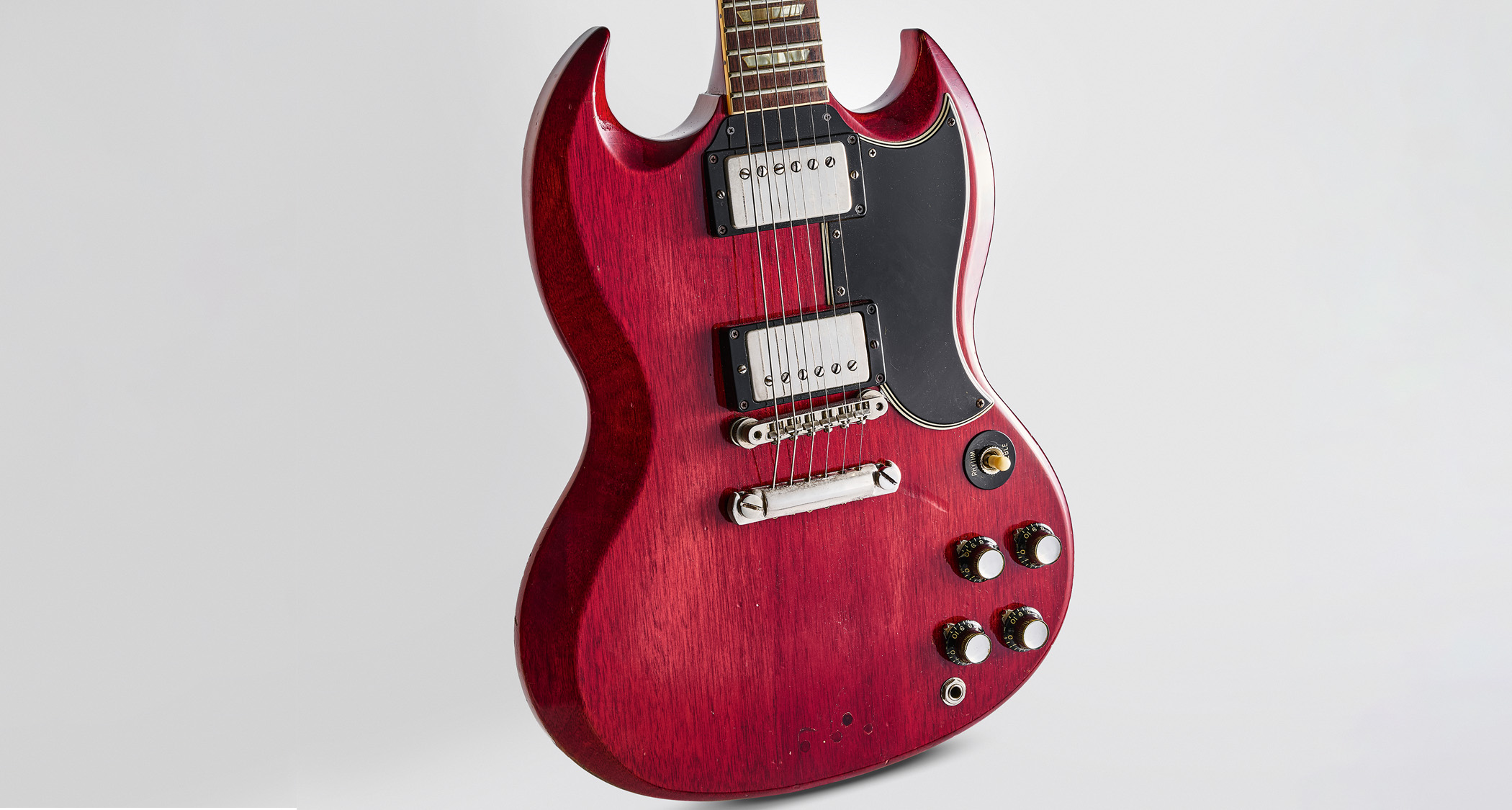
Two-hand tapping is one of Eddie Van Halen’s most iconic and enduring electric guitar innovations, but – as he acknowledged himself – it wasn’t something he invented from the ground-up.
Instead, the late guitar legend took existing examples of two-hand tapping, refined them, and utilized the technique in a way no other guitarist had done before, most notably in the form of his virtuosic solo piece, Eruption.
Some of the inspirations behind Van Halen’s approach to two-hand tapping – Jimmy Page included – are well-documented, but others often fly under the radar.
Brian May, for example, and the notable tapping line he contributed to Queen’s 1977 cut, It’s Late – which arrived around six months prior to Eruption – proved to be pivotal to Van Halen, who once told the Red Special mastermind about the influence it had on his own sound.
May revisited the exchange in a recent interview with Classic Rock, recalling how Van Halen once “pointed out little bits in their arrangements which were inspired by things we’d done.”
That included the tapping technique, with May going on to say, “He said: ‘Well, you did that on It’s Late.’ I said: ‘Yeah, I only played with the idea because I’d seen this guy in Texas doing it.’ I’d done it in the most rudimentary form, then I’d moved on to something else. Whereas Ed basically made the guitar a new instrument.”
It’s not the first time May has been credited as an influential force behind Van Halen’s tapping wizardry – nor is it the first time May has referenced that mystery Texan guitar star.
All the latest guitar news, interviews, lessons, reviews, deals and more, direct to your inbox!
Speaking to Guitar Player in 2021, the Queen guitarist recalled how, when he quizzed Eddie on his use of tapping in light of It’s Late, Van Halen replied, “Yeah, I copped that.”
As for how he personally joined the two-hand tapping train, May once again cited that unnamed Texan player, who he first saw play while Queen were on tour.
“He would be bending strings, like we all do, but then he’d put his right hand onto a fret and make this kind of singing sound,” May reflected. “And I thought, Oh, that’s a beautiful thing to do; he creates a completely new dimension.”
While unconfirmed by May himself, a handful of sources suggest that the mystery guitarist was Rocky Athas – a player who cut his teeth jamming with Stevie Ray Vaughan and Eric Johnson, and whose list of admirers reportedly includes the likes of Billy Gibbons and the late Dimebag Darrell.
As it turns out, it was Gibbons who first put Athas on the path to two-hand tapping glory – if, indeed, it was Athas who May saw play all those years ago.
“I went up to him after the show and I said, 'I’m telling you now, I’m going to nick that from you,'” May went on in his Guitar Player interview. “He said, ‘Great, go for it.’ I asked him, ‘How did you figure out how to do that?’ And he told me, ‘I got it from Billy Gibbons.’”
Brian May and It’s Late were by no means the only songs that informed Van Halen’s approach to the expansive technique. As Eddie explained in a video from 2015, witnessing Led Zeppelin’s Jimmy Page play live proved to be an equally informative experience.
More specifically, Van Halen once told Guitar World it was actually Led Zep’s Heartbreaker solo that set him on his way.
“I think I got the idea of tapping watching Jimmy Page do his Heartbreaker solo back in 1971,” Van Halen explained. “He was doing a pull-off to an open string, and I thought, ‘Wait a minute, open string … pull off. I can do that, but what if I use my finger as the nut and move it around?’ I just kind of took it and ran with it.”
Out of these inspirations, Van Halen developed his own style of two-hand tapping, which is characterized by one key quirk – a technical quirk he passed on to his son, Wolfgang Van Halen.
May was speaking to Classic Rock following the long-awaited re-release of May's Star Fleet Project.

Matt is the GuitarWorld.com News Editor, and has been writing and editing for the site for five years. He has a Masters in the guitar, a degree in history, and has spent the last 19 years playing everything from blues and jazz to indie and pop. During his GW career, he’s interviewed Peter Frampton, Zakk Wylde, Tosin Abasi, Matteo Mancuso and more, and has profiled the CEOs of Guitar Center and Fender.
When he’s not combining his passion for writing and music during his day job, Matt performs with indie rock duo Esme Emerson, and has previously opened for the likes of Ed Sheeran, Keane, Japanese House and Good Neighbours.
